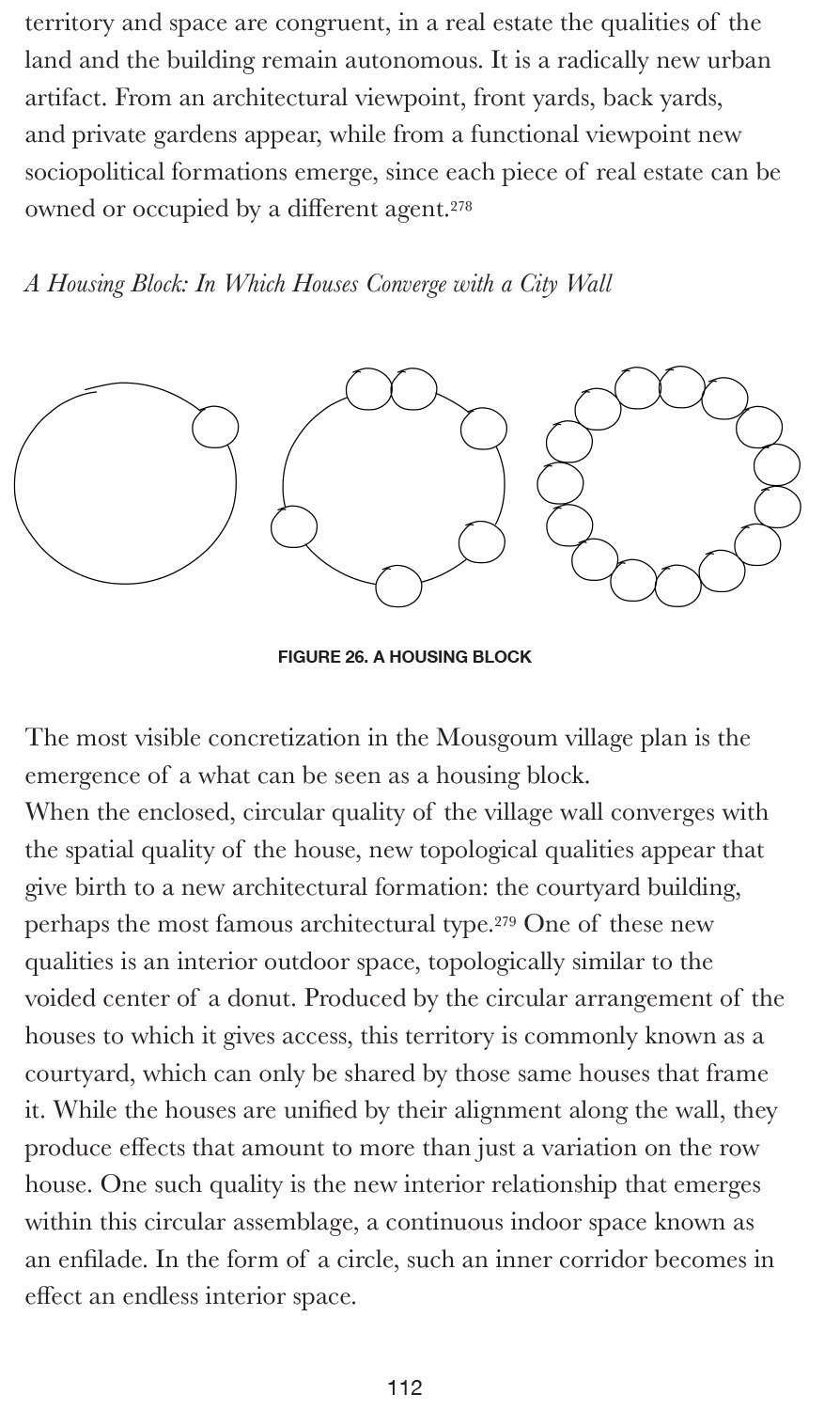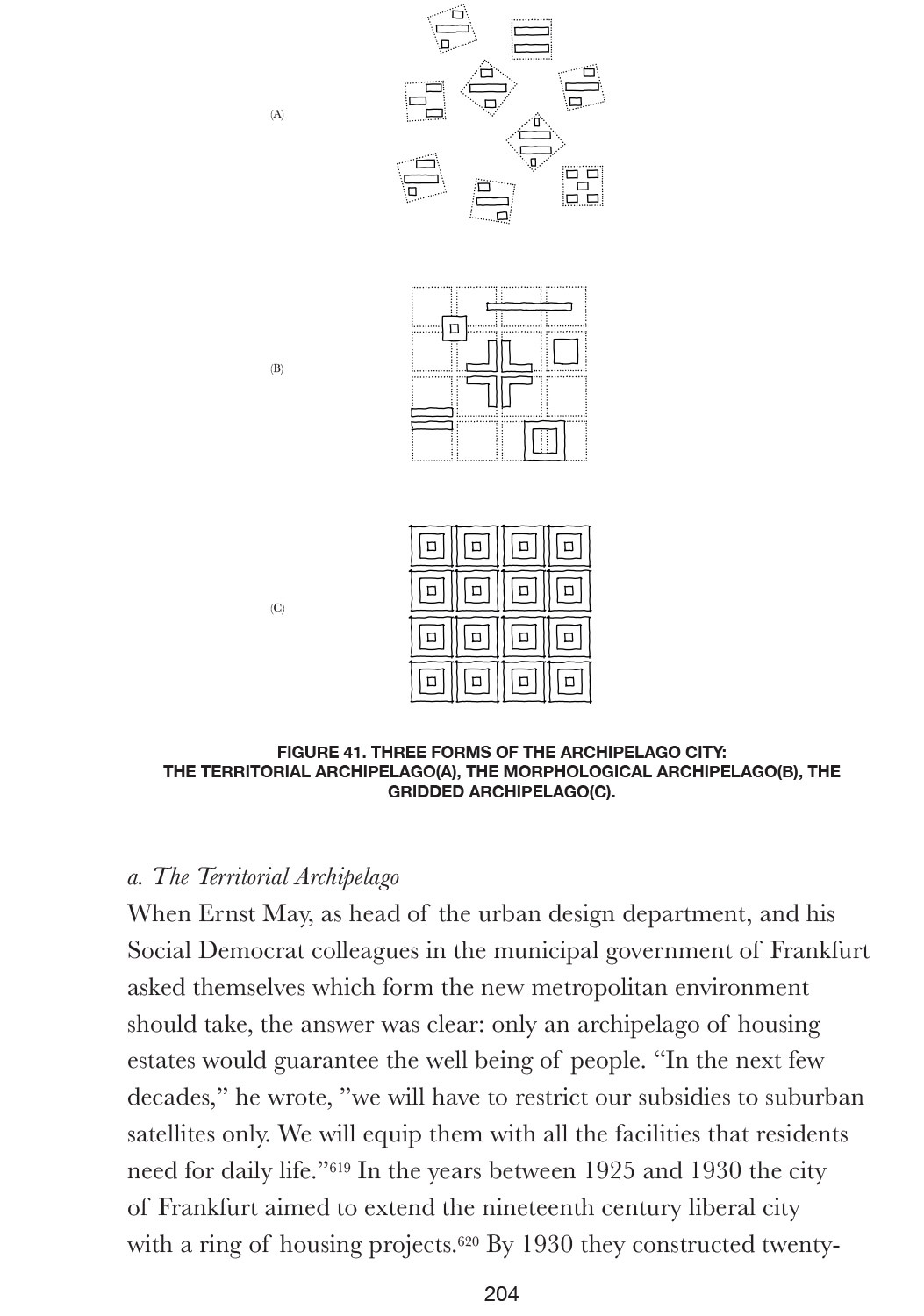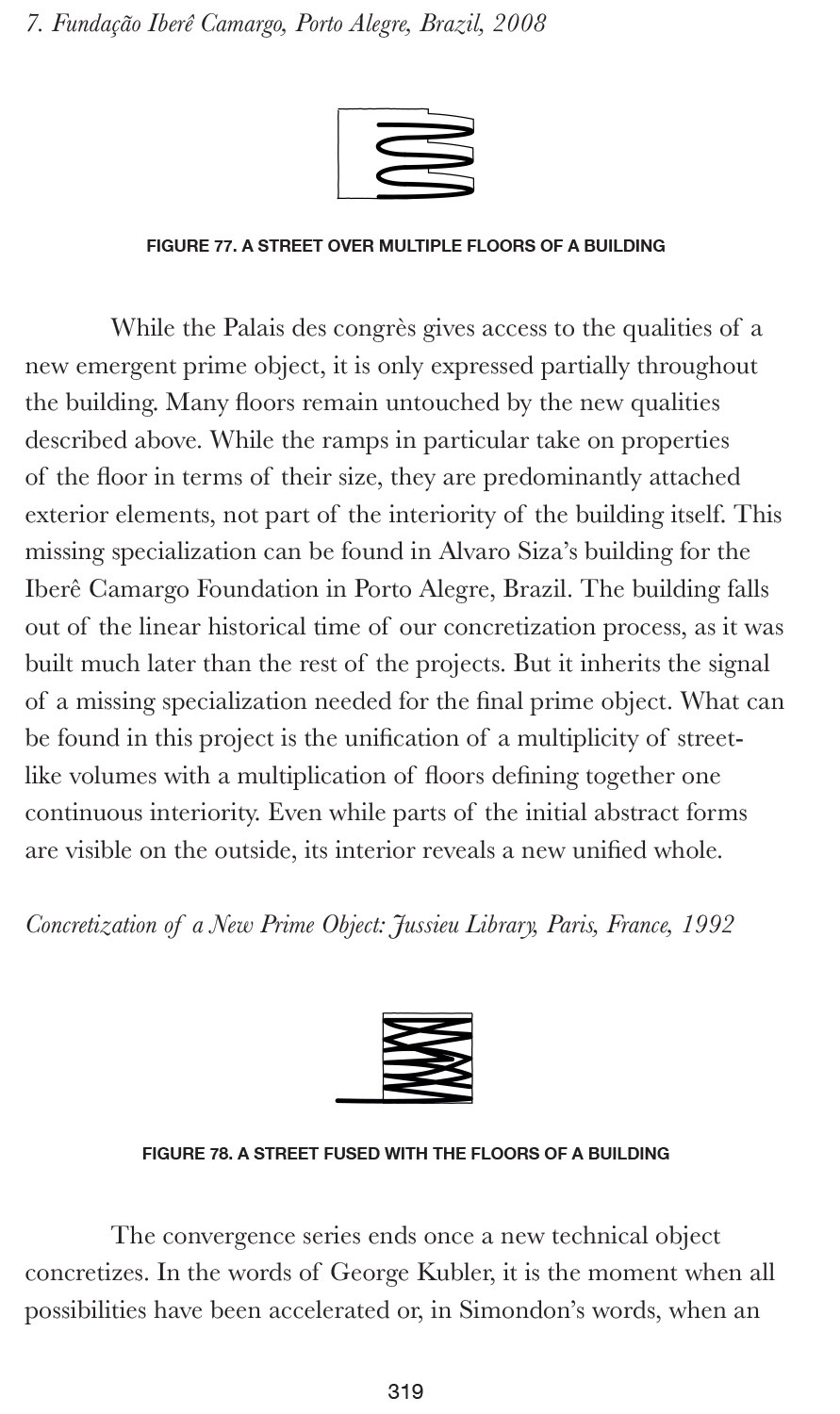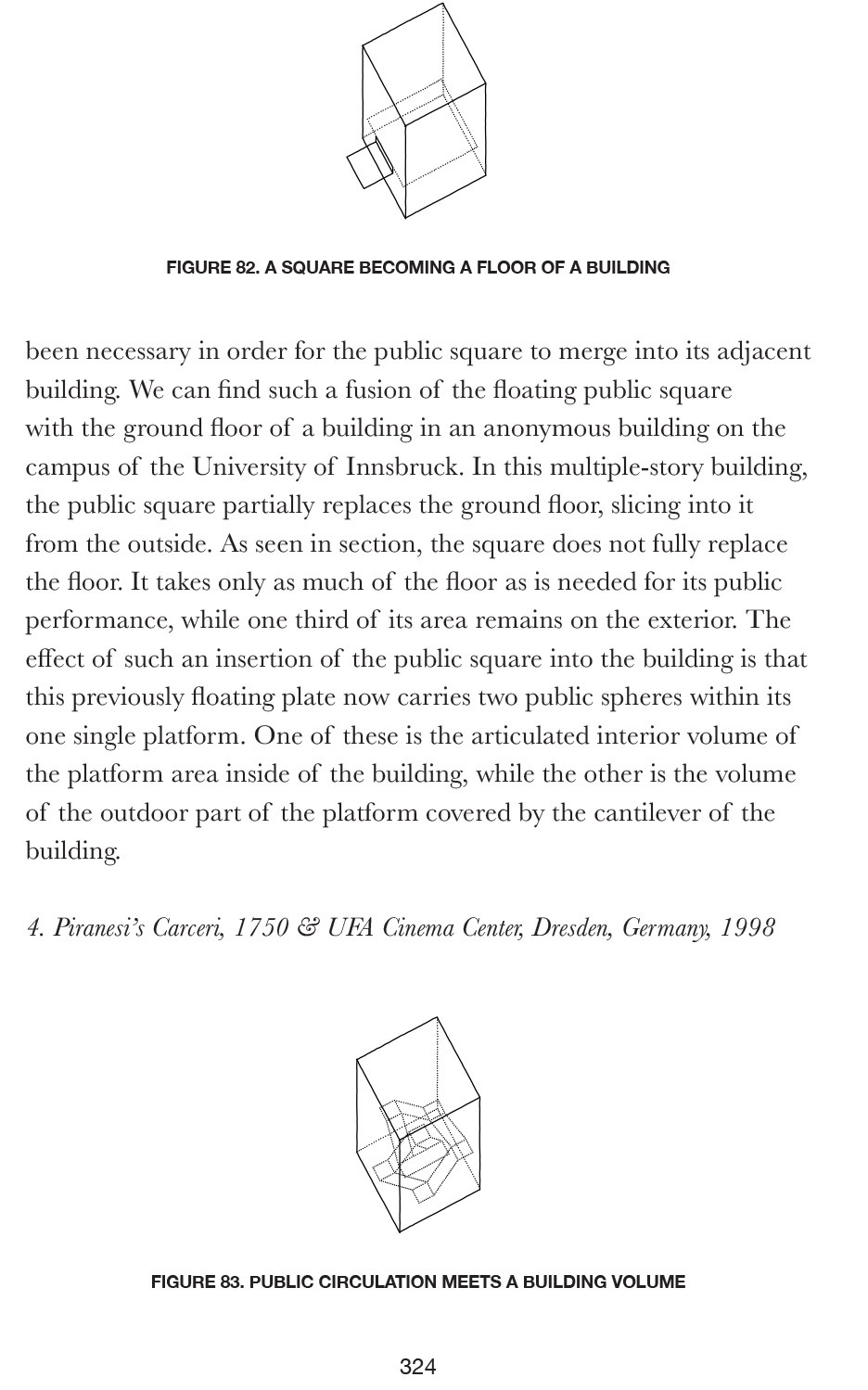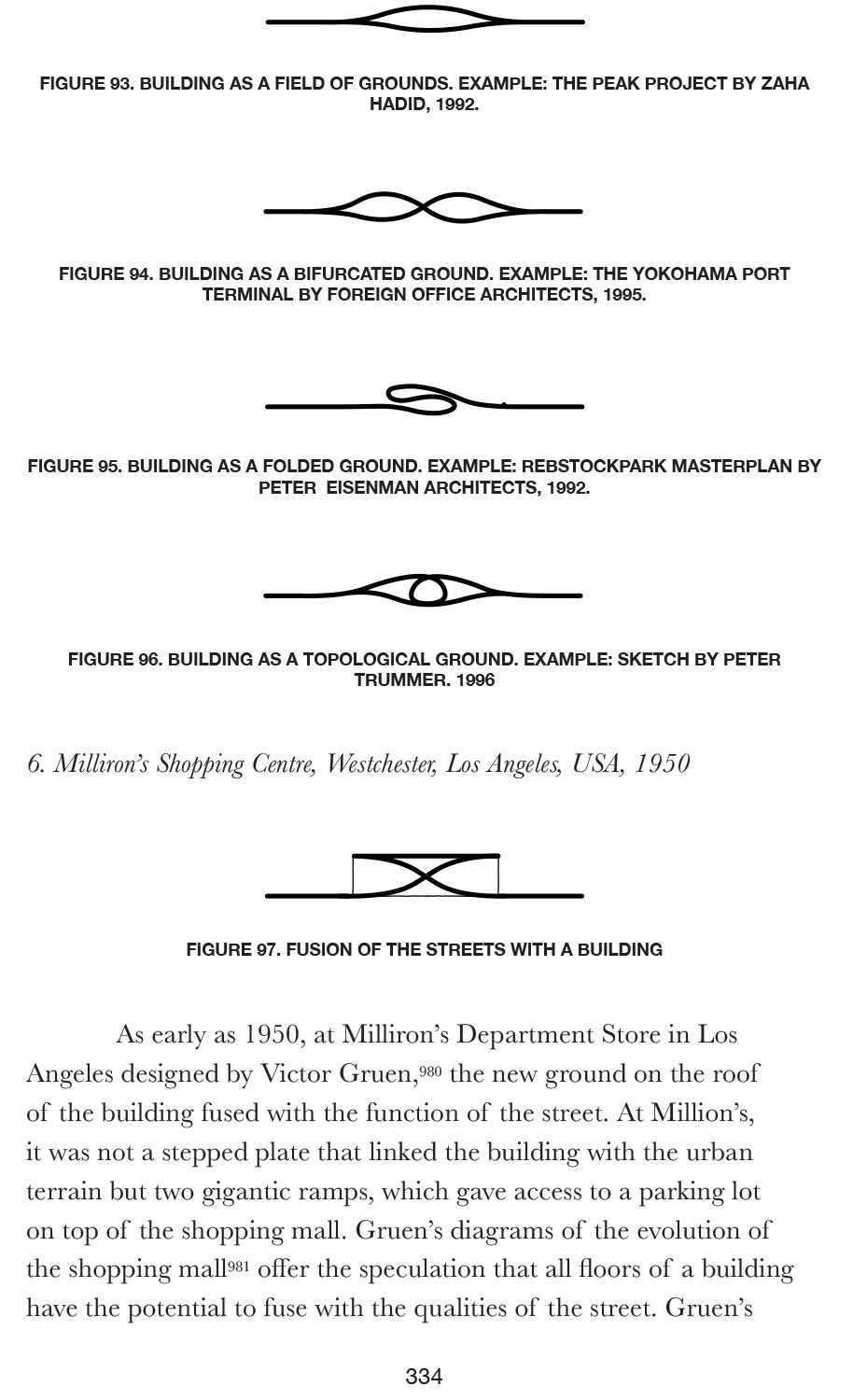The City as a Technical Being: On the Mode of Existence of Architecture
Foreword by Graham Harman
ORO Edition / CA
Peter Trummer Book Release
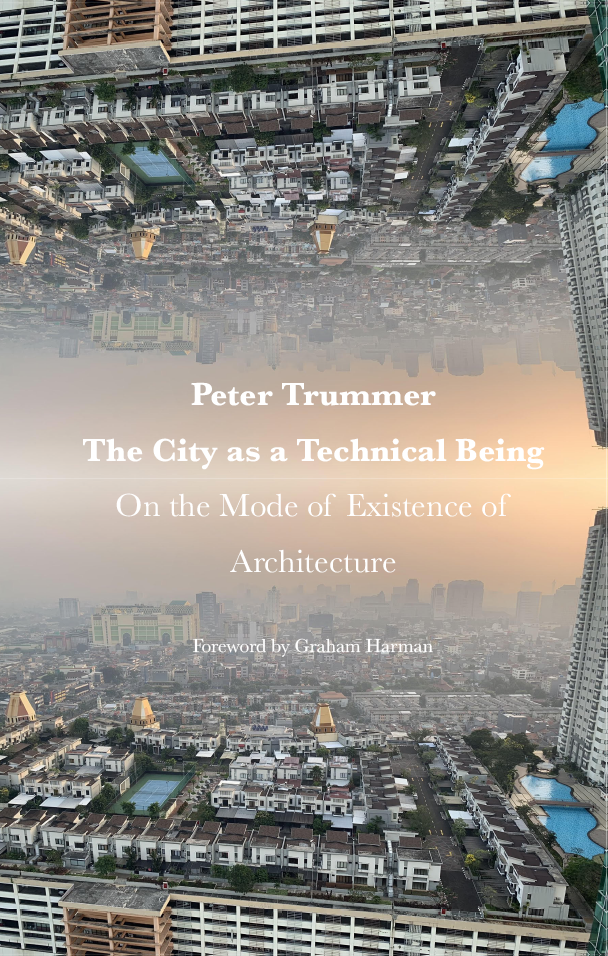
Peter Trummer was born in Graz, Austria and received his master's degree at the Technical University in Graz by Günther Domenig and his Postgraduate Degree at the Berlage Institute in Amsterdam and has a PhD from the University of Fine Art, supervised by Sanford Kwinter. He is a Professor for Urban Design and currently the Dean of the faculty of architecture at the University of Innsbruck. He was Head of the Associative Design Program at the Berlage Institute in Rotterdam from 2004 to 2010 and Guest Professor at the University of Pennsylvania and the Academy of Fine Arts in Vienna. Trummer was project architect at Un-Studio from 1996-2000 and has since had his own practice. He lectures and is invited as a critic at the AA, the University for Applied Art in Vienna, the IAAC, the Berlage Institute, the School of Design in Philadelphia, Rice University, Harvard GSD, Princeton and at the Yale School of Architecture. He exhibited at the Venice Biennale in 2006, 2012, 2021, and 2023.
The city is our largest artifact on this planet. Throughout its history it has spawned many new kinds of buildings, including the theater, the opera house, the museum, the bazaar, the shopping mall, the high-rise tower, and most recently, buildings like the pencil tower or the village on the roof of a shopping mall. How does the city affect the mode of existence of all these successively new buildings?
This question typically has been answered in the discipline of architecture and urban design by looking to social and economic forces or a priori archetypes, understanding these as what give rise to all new urban objects. This book attempts to reverse that convention, arguing for the inner qualities of the city itself as that through which all its forms and functions come into existence.
Underscoring the argument that there is no direct or certain correlation between form and function leading to new urban building types, the book depicts the city throughout history as the site of fusion of the qualities of urban objects, or buildings, which ultimately gives rise to new kinds of architecture.

